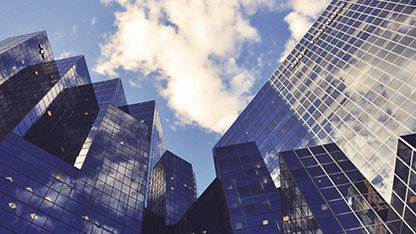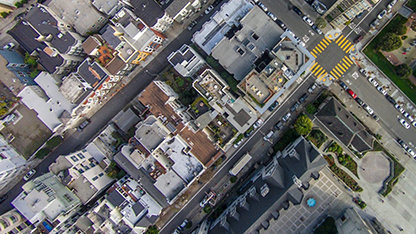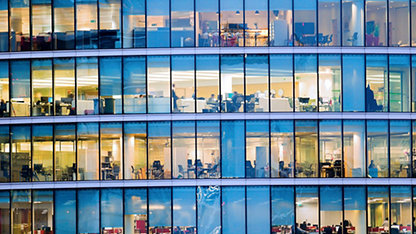In the third in our series exploring the issues affecting the built environment as we emerge from COVID-19 lockdown, we ask if and how offices can be made safe for staff to return.
“It is one of the most challenging exercises that any workplace or facilities management professional has ever been through. We’ve had to respond to natural disasters or big public events around the world, but this is unprecedented.” Those are the words of Kate Smith, head of workplace at CBRE, describing the huge effort that is required in order for people to return to the office safely while the threat of COVID-19 remains.
Fortunately for Smith, who is based in the UK, colleagues in other countries around the world have already been grappling with the complexities involved. Given CBRE’s global reach, that means that she is able to draw on advice from places such as China that are several months further into tackling the pandemic than western nations. “We’re learning all the time from our colleagues in Asia Pacific, where people are a bit further ahead,” says Smith.
The time to prepare is now
She isn’t alone. RICS has published its own guidance based on advice from its worldwide membership, while Cushman & Wakefield has launched a similar programme, SixFeetOffice.com, which was originally pulled together by the firm’s Dutch team building on work in Asia but that has now been rolled out globally. “The virus will dictate when we can eventually return to places of work and commerce, but the time to prepare is now,” says John Forrester FRICS, president of Cushman & Wakefield and executive chair of its Recovery Readiness Task Force.
A similar situation also exists at Savills. Head of London project management Paul Davies MRICS says a lesson he learned from colleagues in Asia is that one of the greatest sources of anxiety for workers is how they are going to get to the office safely. As far as possible, workers across the globe are being encouraged to walk or cycle rather than take public transport.
That won’t always be possible, of course, but there are steps that facilities managers can take to ease the transition to self-powered mobility. “There is a lot of anxiety, particularly around just getting to the office,” says Davies. “People who live closer can rely on walking and cycling, but now we’re picking up the need to engage with landlords to provide additional cycle storage and showers. It goes beyond the spaces occupied by tenants.”
Crunching the numbers
In terms of the actual office space, Smith says that every company and every building is different, so the starting point has to be understanding how many people will be returning. “You need to establish working with the core business and HR who is going to come back into the building and when,” she says.
“So you look at who are the people who absolutely need to come back to the workplace – they’re the people who absolutely can’t do their job, either because they need to access specific equipment or because their home-working circumstances aren’t sustainable. You then have people who prefer to be in the office, people who are flexible, and then the vulnerable group who aren’t likely to be returning to the workplace any time soon.”
Once those groups have been defined and the quantum of returning workers has been identified, a plan can be put in place. “That starts by looking at the floor plans, looking at the layout and seeing how we can safely maintain the physical distance,” says Smith. “We’re looking at how you can apply that to existing work stations. The majority aren’t looking at completely reconfiguring their floors – it’s about using the existing layout.”
It is also important to recognise that, for now, the era of hotdesking is over. To take Savills’ own situation as an example, Davies says that the company is dividing returning workers into yellow and red teams, which will work in its offices on alternate weeks. It is essential that each member of the team has the confidence that their desk is not contaminated.
“For the five days when I go in, I will have a desk allocated to me and the idea is that it will be thoroughly cleaned daily but also deep cleaned on a weekly basis. So, when the next team comes in, they can have the confidence that it has been deep cleaned and is ready for them. People roaming around desks has gone – you want to know that it’s your desk for the week.”
Going contactless
Then there is the small matter of how people circulate around a building. “It’s about looking at pinch points like staircases,” says Smith. “Where possible, we have one staircase for up and another for down. With lifts, that’s about having a limited number of people and marking on the floor where people can stand. All of this is supported by a review of the physical environment to make it as ‘touchless’ as much as possible.”
Reception areas, coffee shops and kitchens all require separate consideration, but the overarching point is that everything – including enhanced hygiene regimes – need to be properly communicated to workers if any strategy is to prove successful.
“People do still have an expectation that they will come out of lockdown and get back to the office,” says Smith. “You really have to explain that the whole experience is not going to be the same, but it is also about giving people the confidence to come back.”
- Adam Branson


















